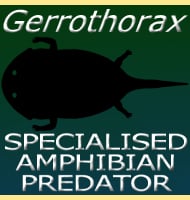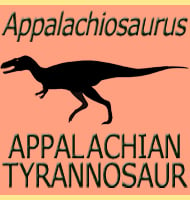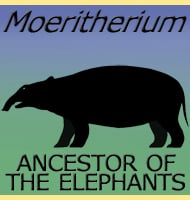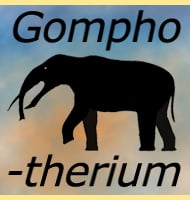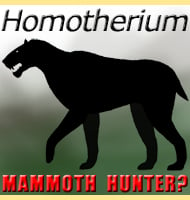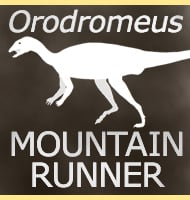In Depth
As of the time of writing dinosaur genera are not particularly well known from Thailand, even though there does seem to be substantial fossil deposits in certain areas of the country. From here we have the discovery of Kinnareemimus, significant in that it may be one of and possibly the oldest ornithomimosaur discovered. With a date attributed to the Valangian and Hauteriverian stages of the Early Cretaceous this is many millions of years before the previous oldest known ornithomimosaur Pelecanimimus which is dated from the slightly older Barremian Period.
Unfortunately very little of the original skeleton of Kinnareemimus has survived. Also missing is the skull which is of particular importance as this could reveal important clues for the early evolution of the ornithomimosaurs. Later forms for example had toothless keratinous beaks, whereas primitive forms like the previously mentioned Pelecanimimus had over two hundred small teeth, more than any other currently known theropod. It is also unknown if Kinnareemimus had a throat pouch like its slightly later relative, or even it had a more specialised diet rather than the general omnivory usually attributed to much later and more advance descendants. Another key area of comparison which so far remains impossible would be the forearms and their proportions to other ornithomimosaur forms.
Kinnareemimus is named after the Kinnaree (a Thai version of Kinnara) which are spirits in the form of a beautiful woman above the waist, with the legs and feet of a bird below. The species name of K. khonkaenensis is a little more mundane and simply means ‘from Khon Kaen’, the province where the remains were found.
Further Reading
– An early ‘ostrich dinosaur’ (Theropoda: Ornithomimosauria) from the Early Cretaceous Sao Khua Formation of NE Thailand. Late Palaeozoic and Mesozoic Ecosystems in SE Asia. – The Geological Society of London, Special Publication 315:229-243. – E. Buffetaut, V. Suteethorn & H. Tong – 2009.


